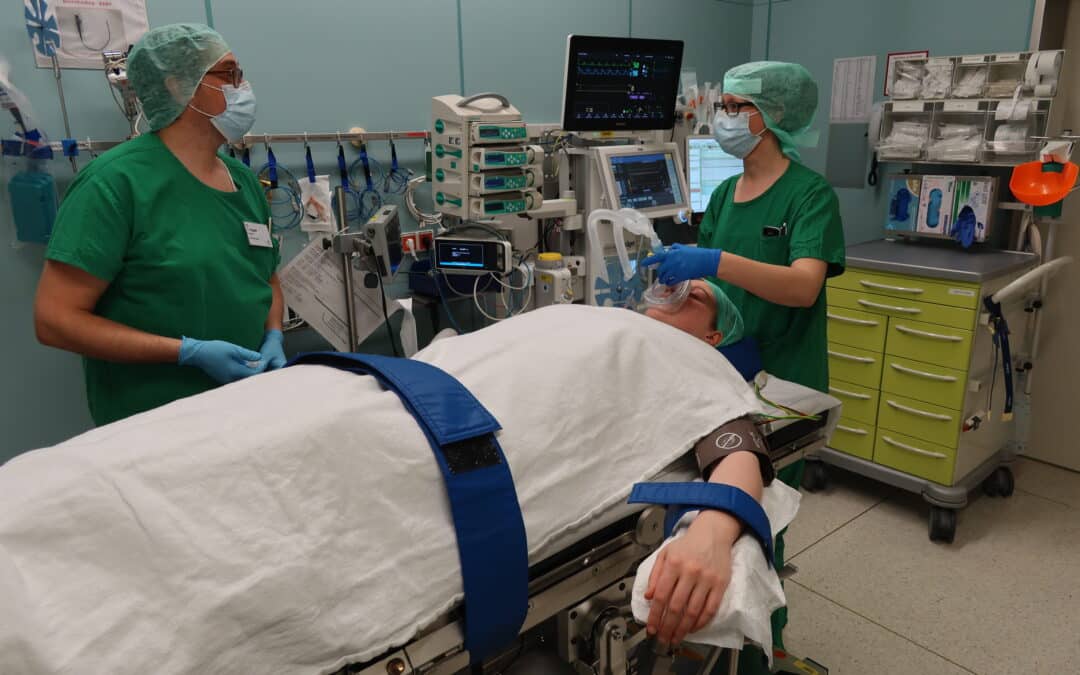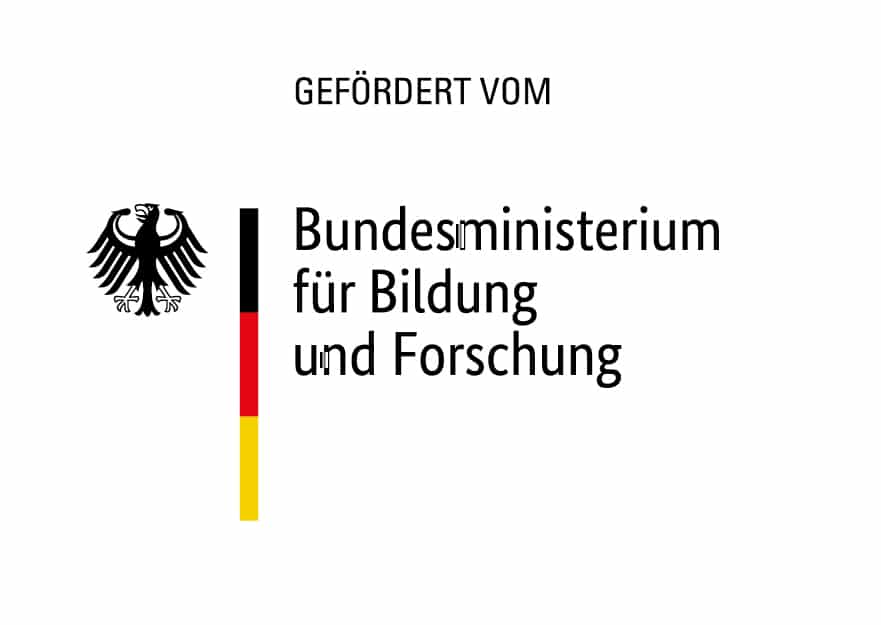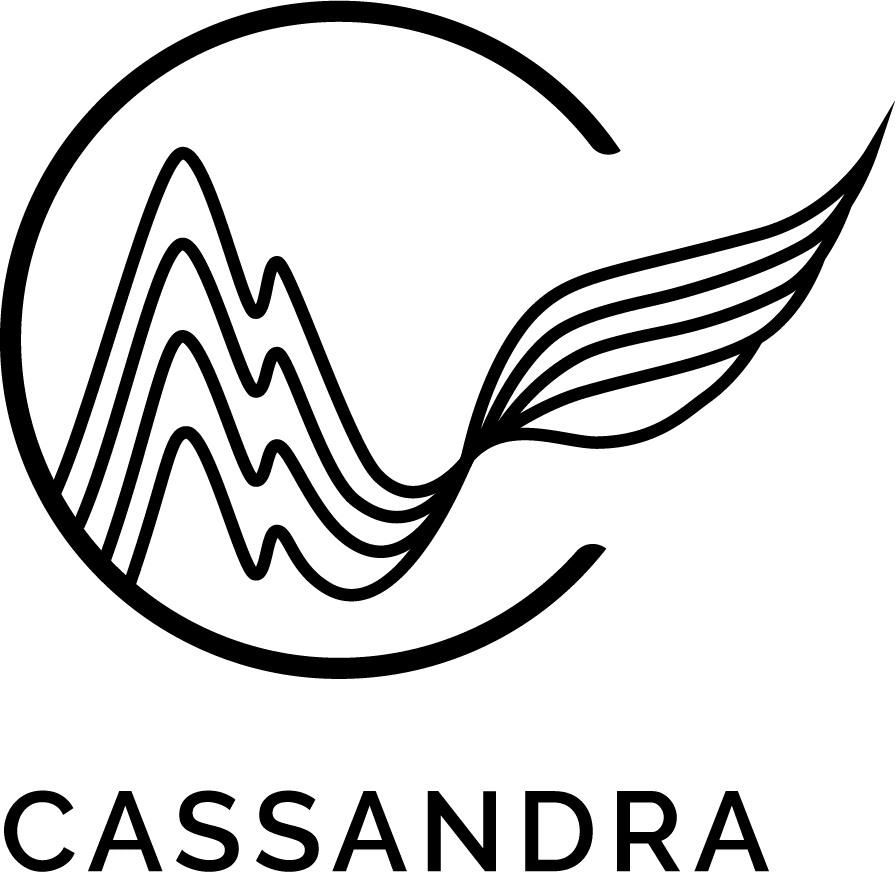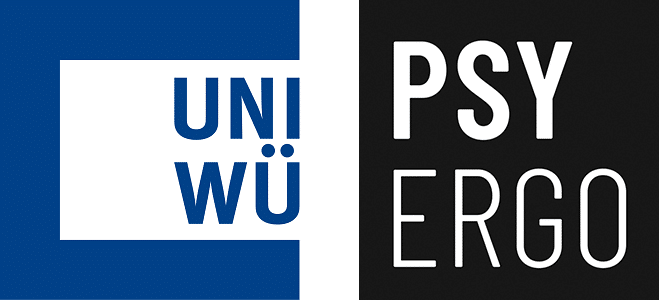Motivation behind the development of CASSANDRA
Anaesthesia teams are often faced with the challenge of creating precise and timely documentation of their activities under time-critical conditions. This task can be a considerable burden, especially in stressful situations. This is where voice assistance systems such as CASSANDRA come into play, designed to reduce workload and increase efficiency.
Challenges in the medical sector
The implementation of voice-controlled systems in the medical environment poses specific challenges:
- Unstructured dialogue: conversations in anaesthesia are often non-linear and can be difficult to predict.
- Short and rapid succession of speech segments: Instructions and information need to be captured quickly and accurately.
- Microphone crosstalk: Several people speak at the same time, which makes recognition difficult.
- Medical terminology: Correctly capturing and processing medical terminology is essential.
- Background noise: Operating theatres are often loud, which can impair speech intelligibility.
Our role in the CASSANDRA research project
As a partner in the CASSANDRA research project and experts in artificial intelligence and speech recognition, we have developed a passive, speech-based AI system that is able to understand the anaesthesia team’s dialogue and document the relevant information with a time stamp.
A data-driven AI system
Traditional programming is not enough for this complex use case. Instead, a data-driven AI system consisting of various modules is required:
- Voice Activity Detection (VAD): Recognises when people speak.
- Automatic Speech Recognition (ASR): Converts spoken language into text.
- Natural Language Understanding (NLU): Understands the content and context of speech.
- Documentation: Records and organises the information in a structured and timely manner.
Practical implementation of CASSANDRA
The implementation of CASSANDRA includes:
- Processing the dialogue: Between anaesthetists and nurses.
- Automatic feeding of the results: Into the patient data management system.
- Display on a control screen: For real-time processing.
This optimised documentation process significantly increases the efficiency of the anaesthesia team.
Advantages and objectives of CASSANDRA
Overall, CASSANDRA should help to reduce the time and mental strain on anaesthesia teams. At the same time, it enables precise documentation under the complex conditions of the medical environment. This leads to better traceability and increases the quality of patient care.
Join us in our explainer video to learn more about the fascinating technology behind CASSANDRA and see how this virtual, voice-based AI team member is revolutionising the future of anaesthesia record keeping.
Project consortium and funding:
- Lehrstuhl für Psychologische Ergonomie der Uni Würzburg (Projektleitung)
- Klinik und Poliklinik für Anästhesiologie, Intensivmedizin, Notfallmedizin und Schmerztherapie am Universitätsklinikum Würzburg (UKW)
- Prognostica GmbH
- KENBUN IT AG
Learn more about CASSANDRA:
https://www.interaktive-technologien.de
https://www.mcm.uni-wuerzburg.de/psyergo
Our AI expert, Dr Simon Ottenhaus, will be happy to answer any questions you may have.
> E-Mail to Dr. -Ing. Simon Ottenhaus
The project is funded by the Federal Ministry of Education and Research (BMBF) until 2025 in the field of AI-based assistance systems for process-accompanying healthcare applications.
Follow Us!








